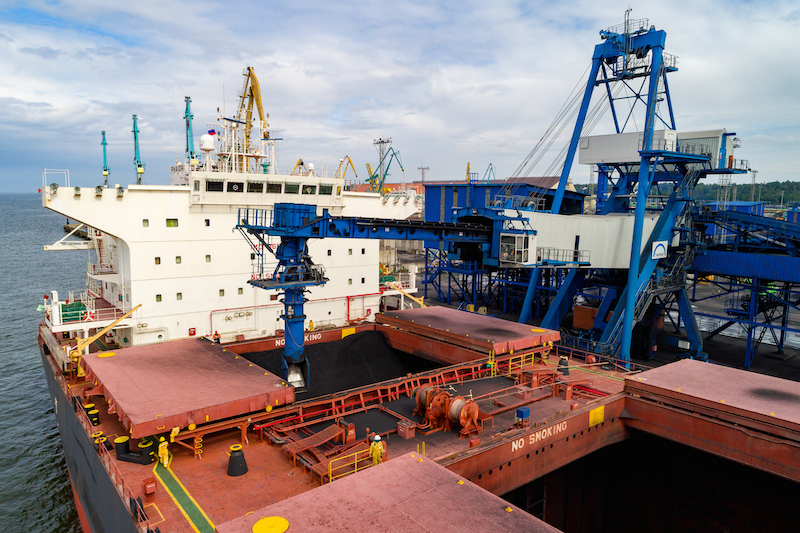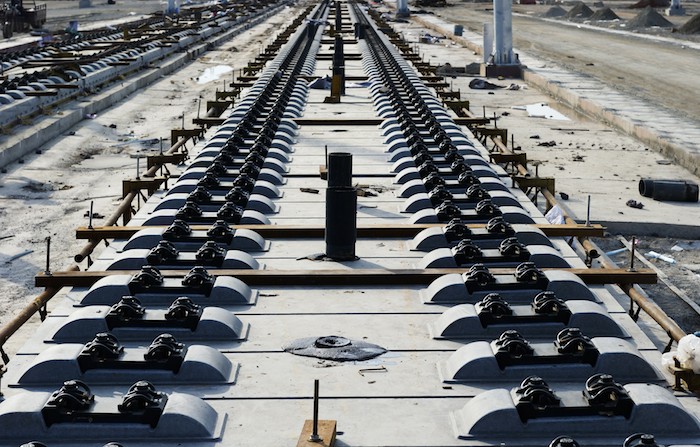

(CAA Analytics) Last week, thermal coal indices in EU declined due to the projected increase in nuclear output of French state generating company EDF, speculations on a possible strike termination agreement between Sintracarbon and Cerrejon and a surge in wind generation.
EDF, the world’s largest nuclear power plant operator, has revised up its forecast for electricity generation in 2020 to 335 TWh (+20 TWh compared to the previous forecast, published in July). From October 11-15, 2020 the Ministry of labor of Colombia organized meetings with representatives of trade unions and the management of Cerrejon.
They discussed the current conditions of workers and the end of the strike. A possible increase in the supply of Colombian coal in the European market negatively affected coal quotes. According to WindEurope agency, wind generation in the EU increased to 1 683 GWh in a week (+296 GWh or +26% to October 07, 2020), which put pressure on coal prices.
However, due to a decrease in US LNG inflow to Europe TTF gas prices rallied to 13.799 euros/MWh (+0.321 euros/MWh or +2% to October 07, 2020), increasing the market attractiveness of coal and supporting coal indices in the range of 55-57 USD/t.
South African coal prices dropped as a result of a lowering demand of Indian cement producers, expecting a further decline in Australian coal prices amid soaring Sino-Australian tensions.
South African mining companies are calling for more low-calorific coal exports to Bangladesh to capitalize on the seasonal demand in this country. According to market participants, consumption of low-calorific coal in the domestic market of South Africa is limited due to maintenance of a number of coal-fired power plants, operated by the state generating company Eskom. In July the company announced its plans to modernize its enterprises. Under Eskom’s schedule, most of the repairs are expected to be completed by April 2021.
Amid growing tensions between Beijing and Canberra some Chinese ports, as well as a few major consumers of imported thermal coal in China were forced to suspend purchases of the material, which weakened the quotes of coal of Australian origin. In September, China’s imports of Australian coal fell to the lowest level since December 2019, totaling 18.67 mio t (-11.44 mio t or -38% compared to September 2019). In the first nine months of 2020, coal imports fell to 250.55 mio t (-11.53 mio t or -4.4% compared to the same period of 2019). According to market participants, most seaports have already exhausted their import quotas, and the unpredictability of Chinese customs policy increases the risks for local consumers, forcing them to switch to more expensive coal of local producers.
Seeking alternative seaborne material in the light of the China’s grip over Australian coal, Chinese enterprises increased trading activity for the Indonesian material and strengthened the quotes.
A sharp downturn in demand of Chinese consumers for metallurgical coal from Australia weakened the indices of coking material of Australian origin. The authorities of a number of Chinese provinces told local metallurgical plants to stop purchases of imported coking material. Some Chinese steel companies were forced to redirect contracted coal volumes to Southeast Asian markets.
[tfws username=”CAA_Analytics” height=”700″ width=”350″ theme=”light” color=”#FAB81E” tweets=”2″ header=”yes” footer=”yes” borders=”yes” scrollbar=”yes” background=”yes”]













